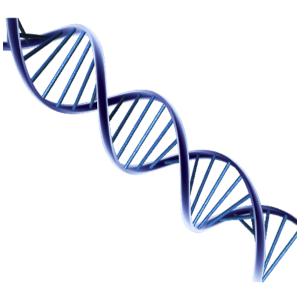As we await the first cloned baby to appear on our TV screens with varying degrees of horror and fascination, we might do well to put this latest science fiction story into perspective. First, human suffering is an issue. If a clone is born, it will face the agonizing prospect of lifelong scrutiny. Unwanted media attention made the lives of the first Dionne Quintuplets, born in Canada decades ago, a living horror. Second, the clone will hardly have a life of her own. She will be as much a medical curiosity as Wang and Chang, the original Siamese twins who were probed, prodded and ultimately exhibited as medical curiosities. Third, the clone.s prospect for a normal existence is jeopardized by its very novelty. Every shiver and runny nose will be taken as evidence of its medical demise, brought on by hysterical, as yet unwarranted assertions, that cloned animals that make it to birth face a life fraught with medical catastrophe.
The reality is somewhat less chilling: cloned kids are likely to be no more or less freakish than were the first in vitro fertilization babies. They may experience more medical problems than do average children, as did some in vitro fertilization babies. But then, clones are not average and objecting to cloning on the basis of risk is temporizing, as it was for in vitro fertilization. Over time, the "risks" will be made acceptable, and more fundamental concerns will be lost in the heady success of the first generation of "clone kids" just as they were with the first generation of in vitro babies.
![[einstein_tongue.jpg]](http://www.zuckervati.com/archives/images/einstein_tongue.jpg)


![[DeathStar2.jpg]](http://www.zuckervati.com/archives/images/DeathStar2.jpg)
![[unix_haters.jpg]](http://www.zuckervati.com/archives/images/unix_haters.jpg)
![[NES_PC.jpg]](http://www.zuckervati.com/archives/images/NES_PC.jpg)